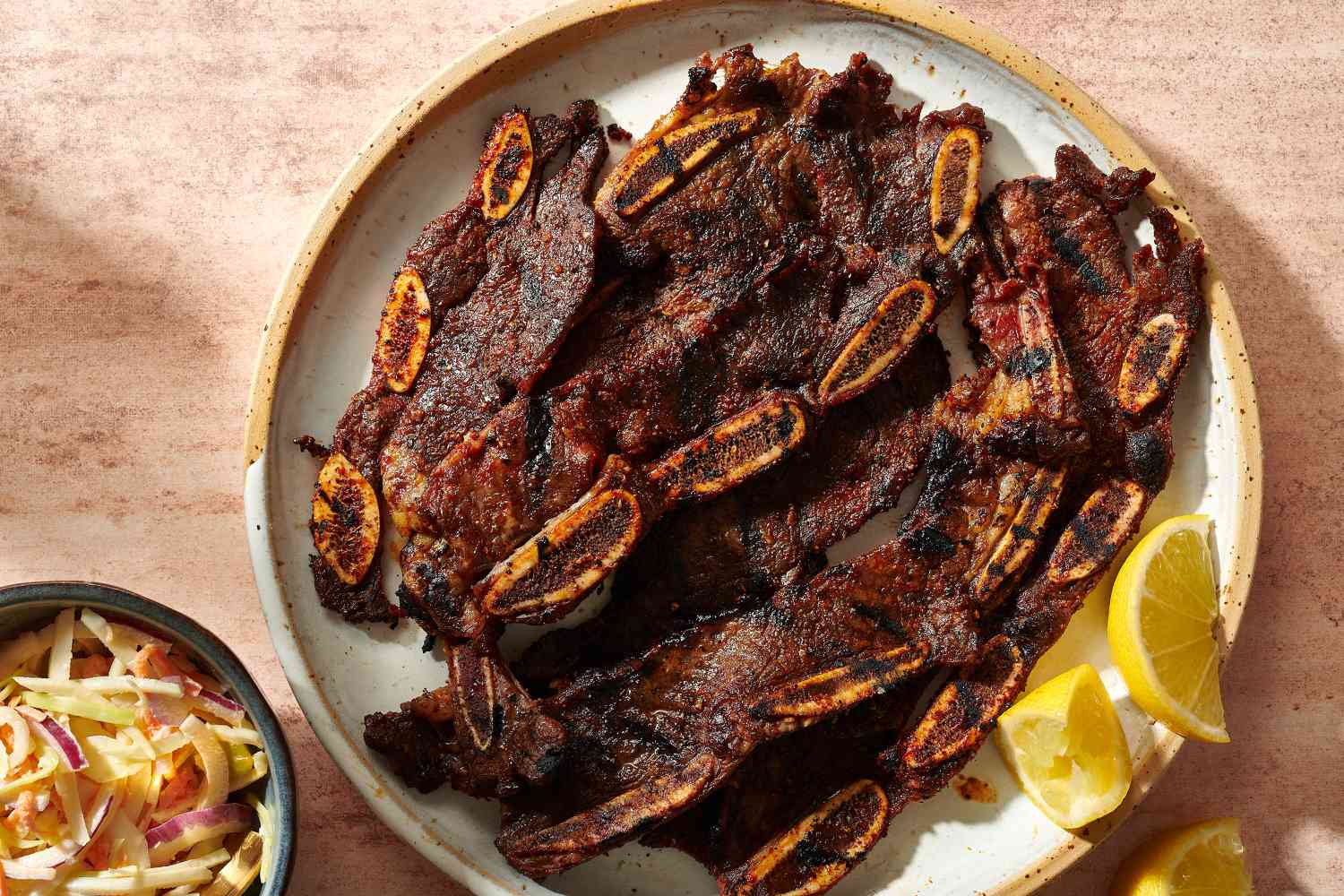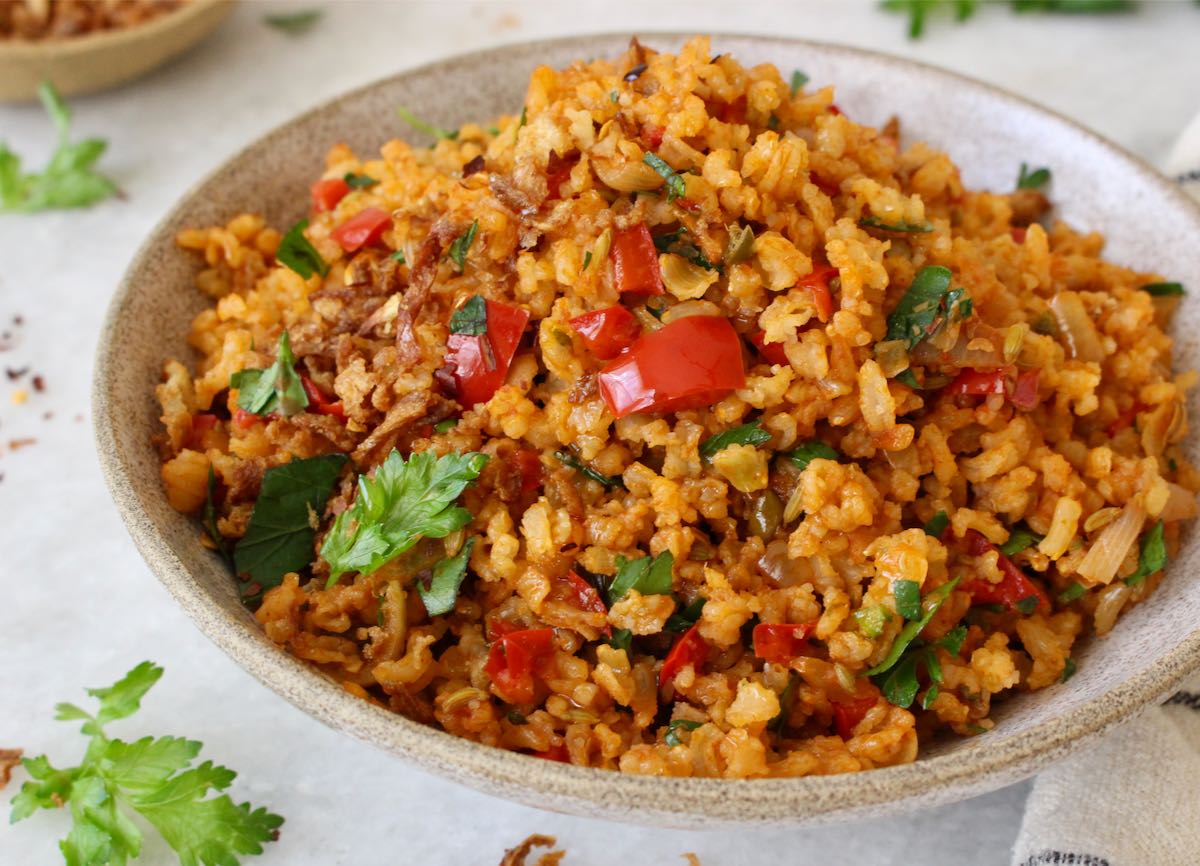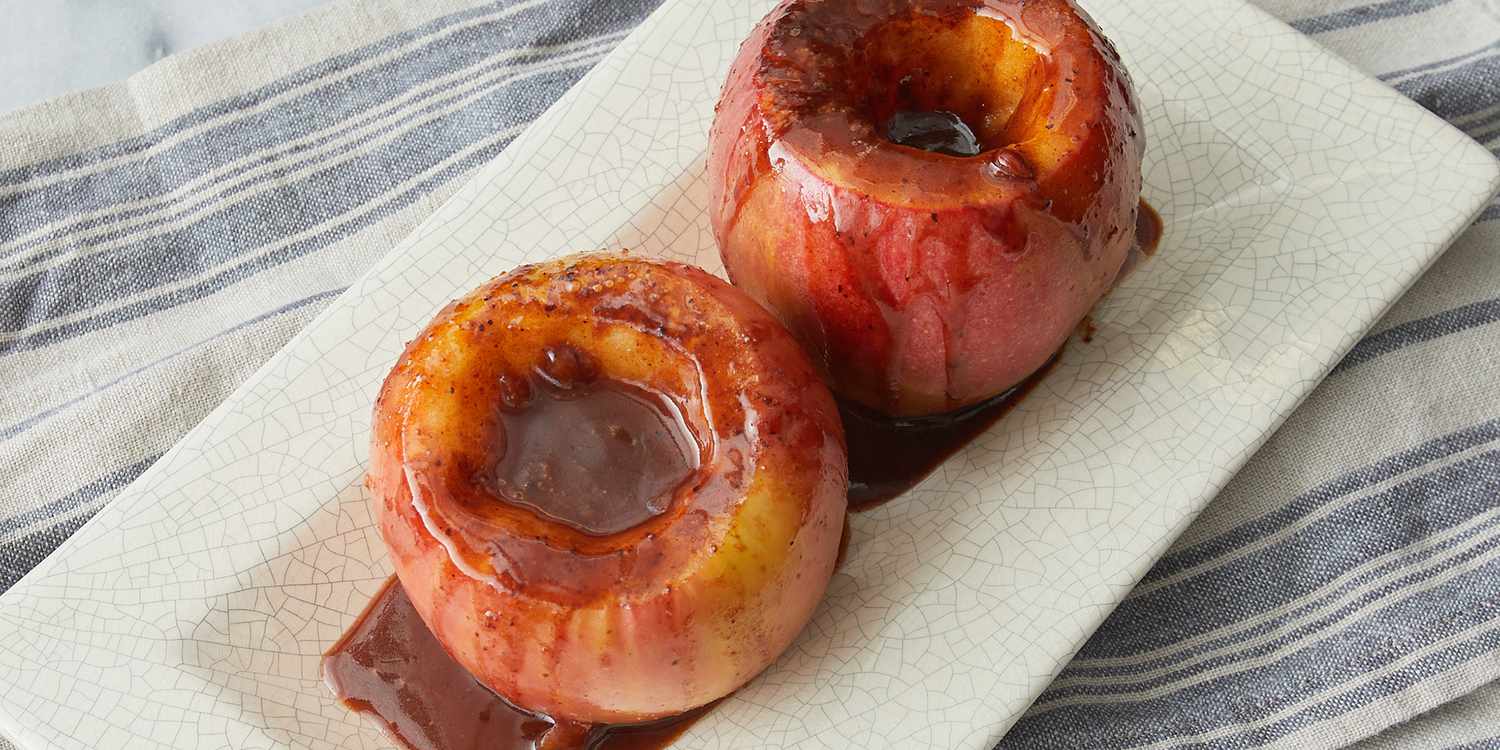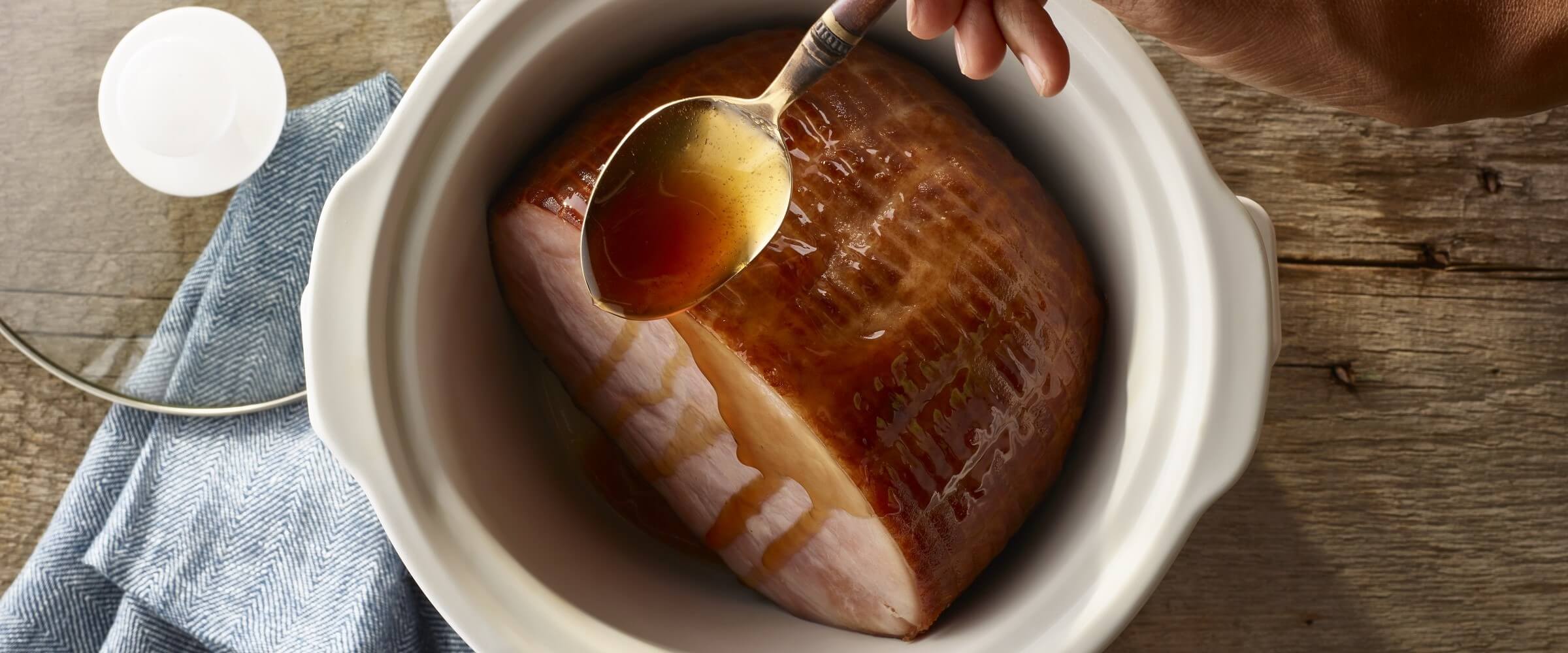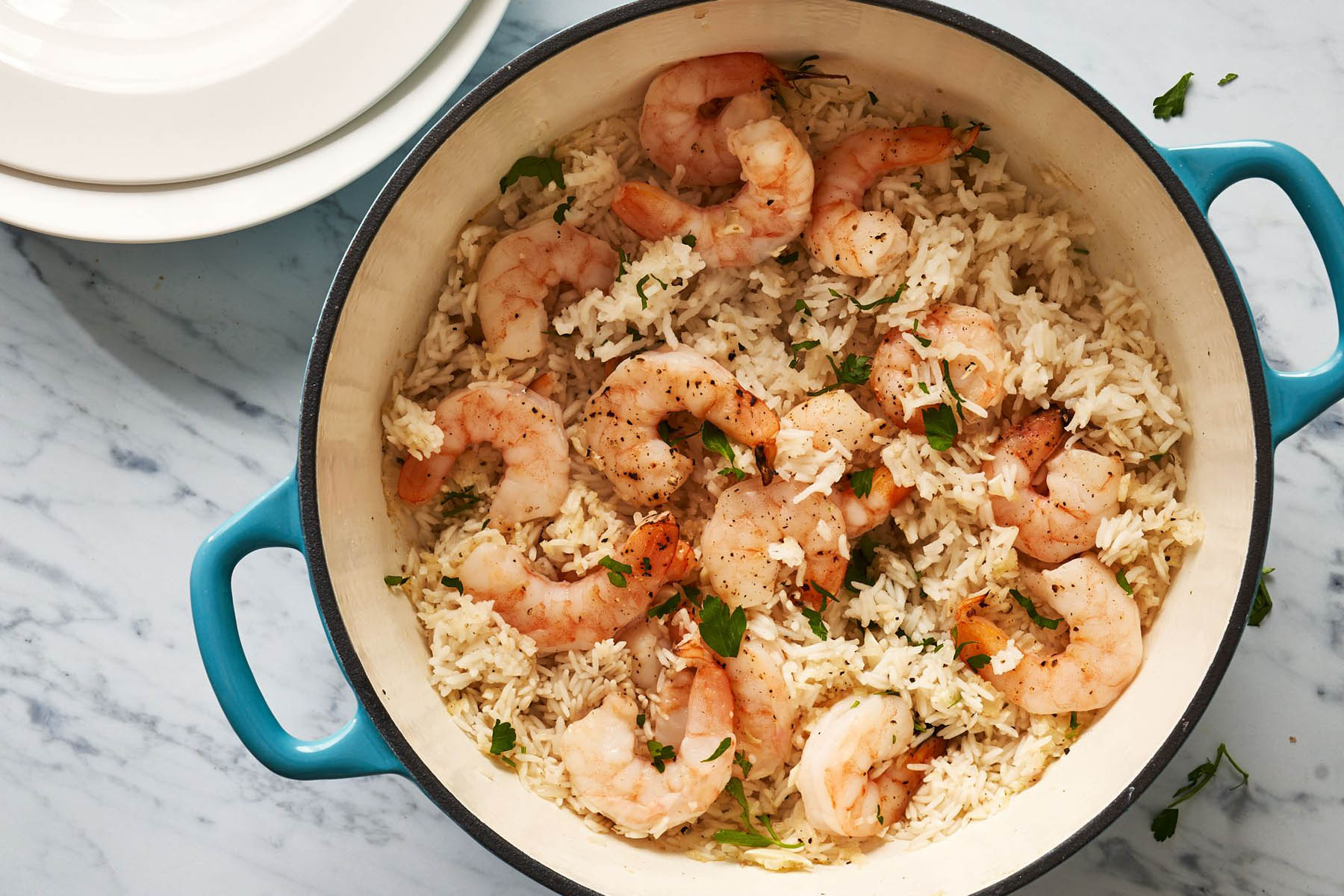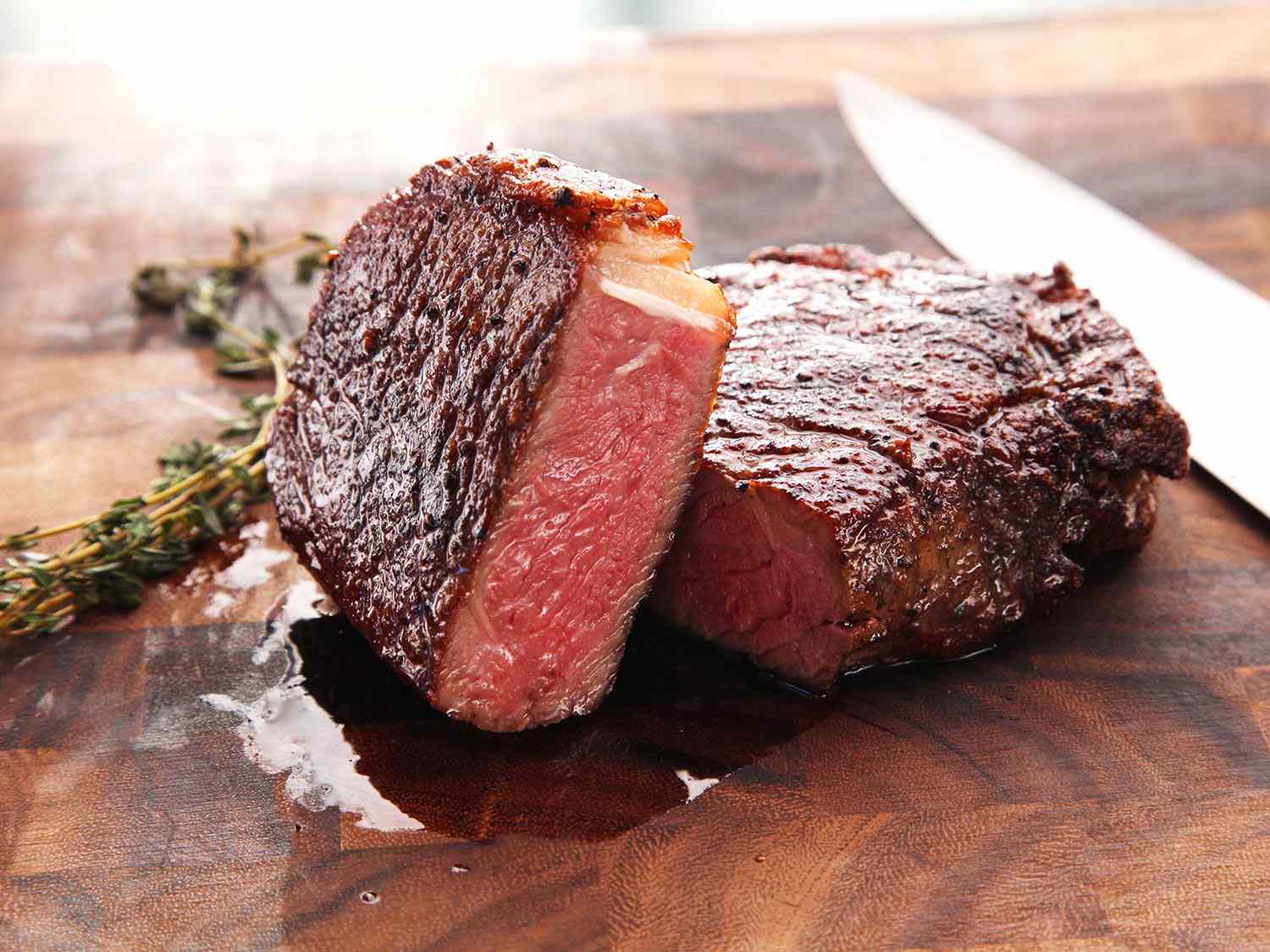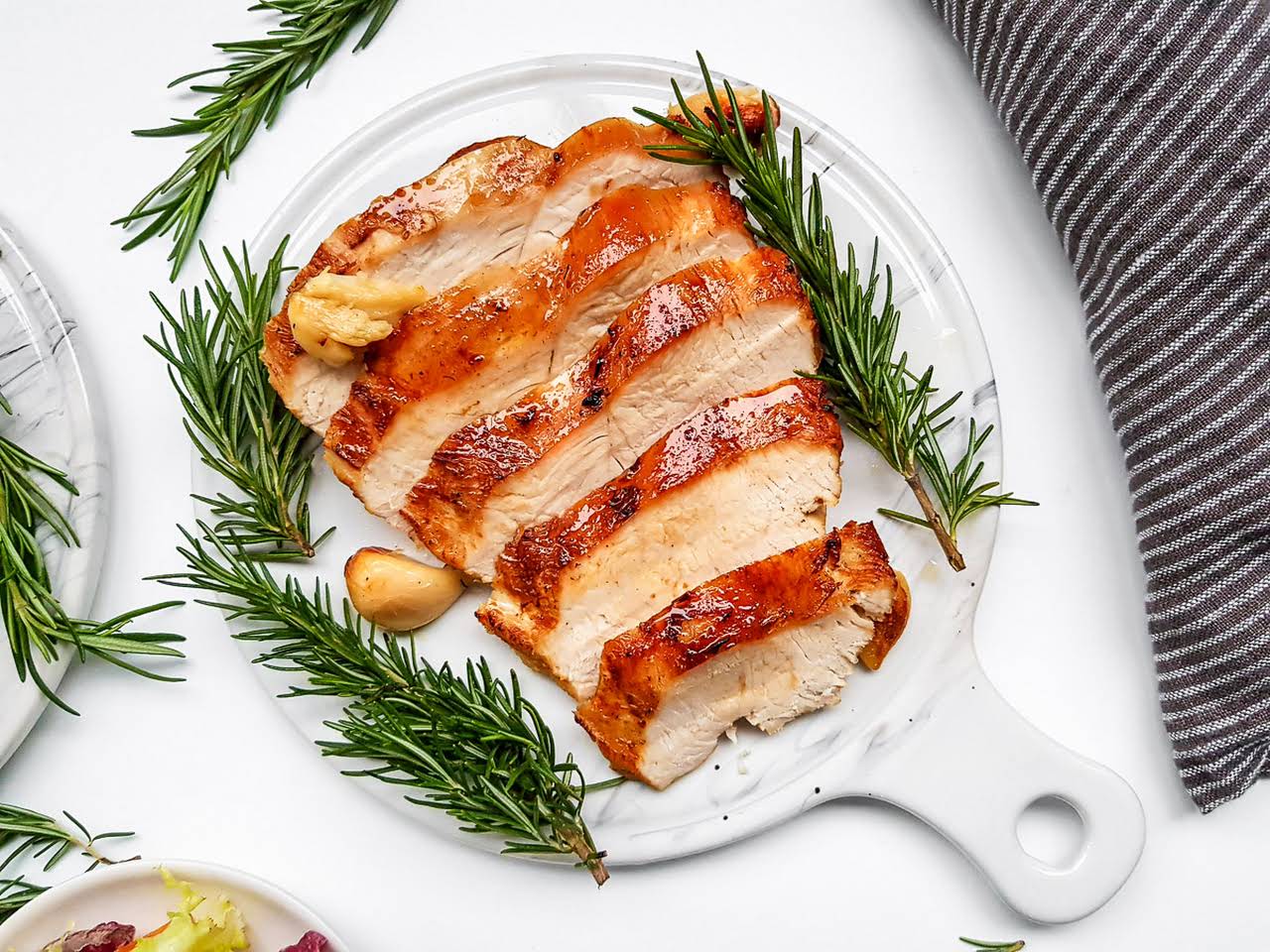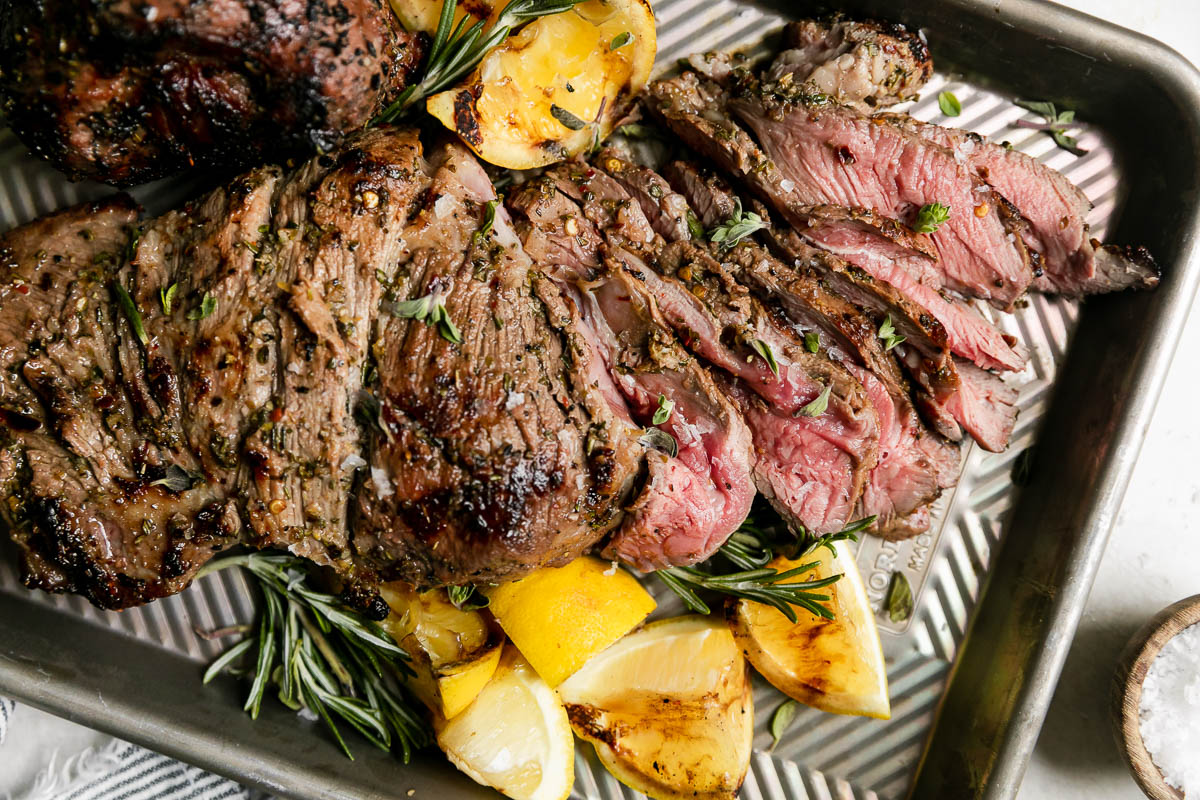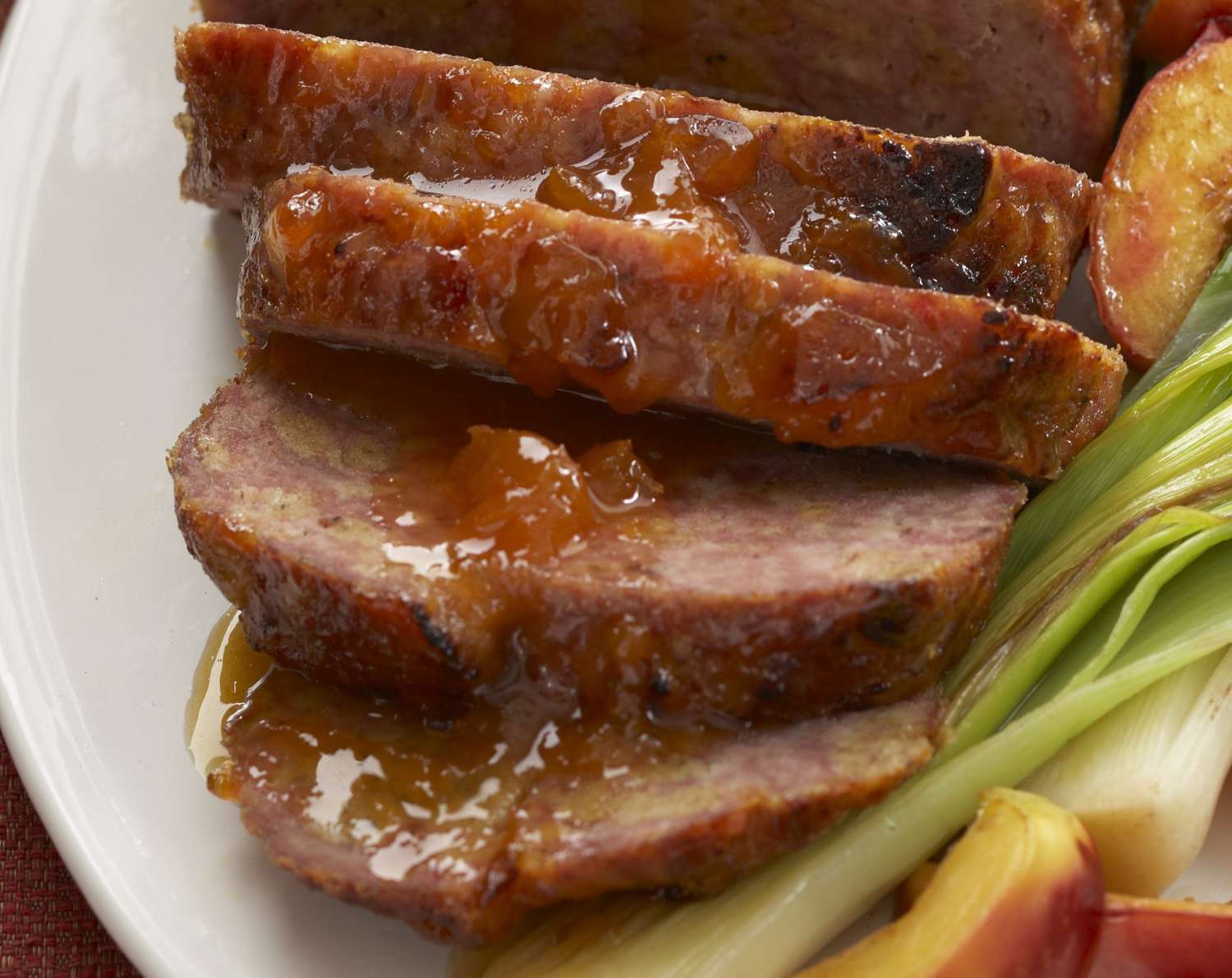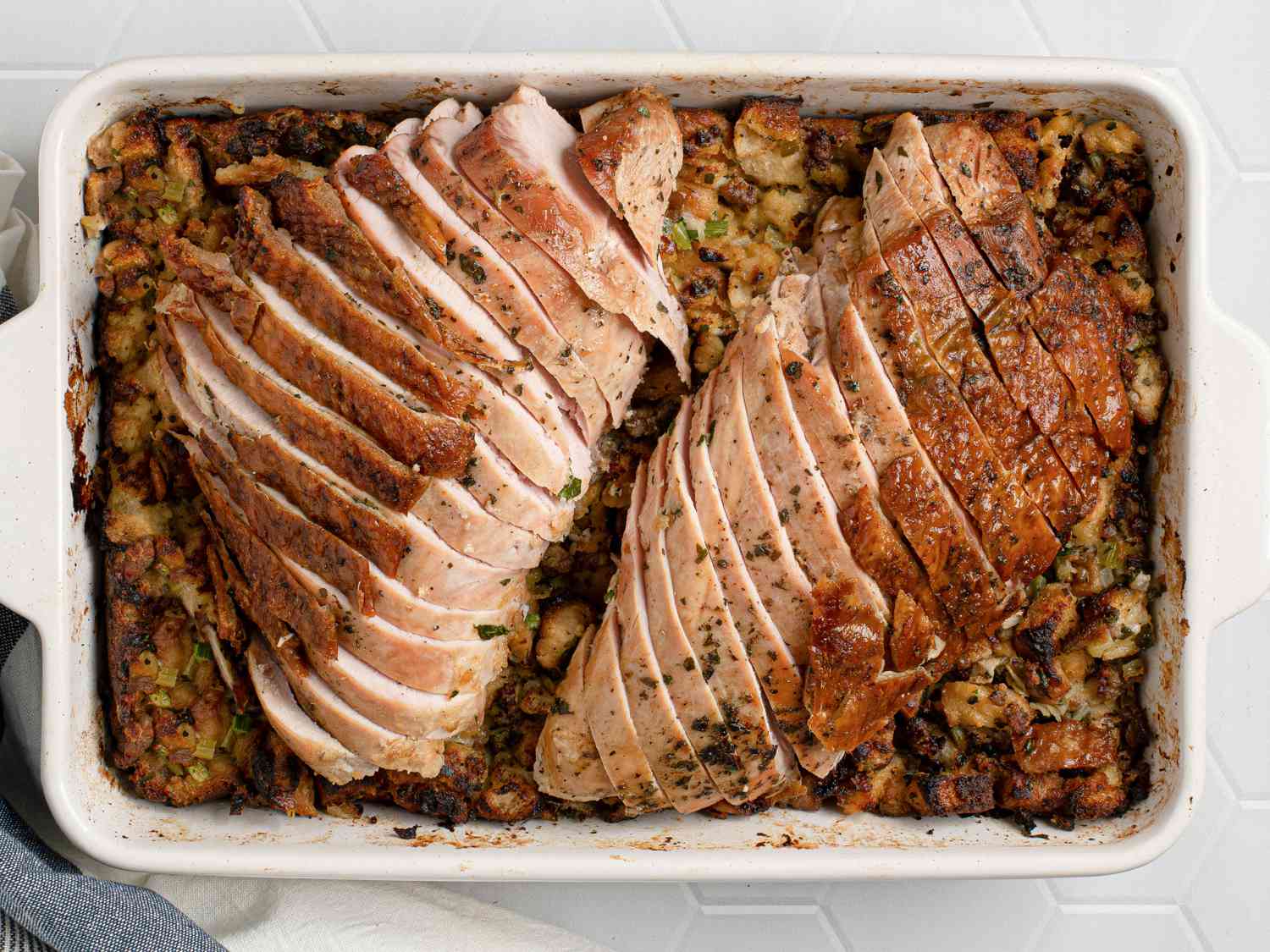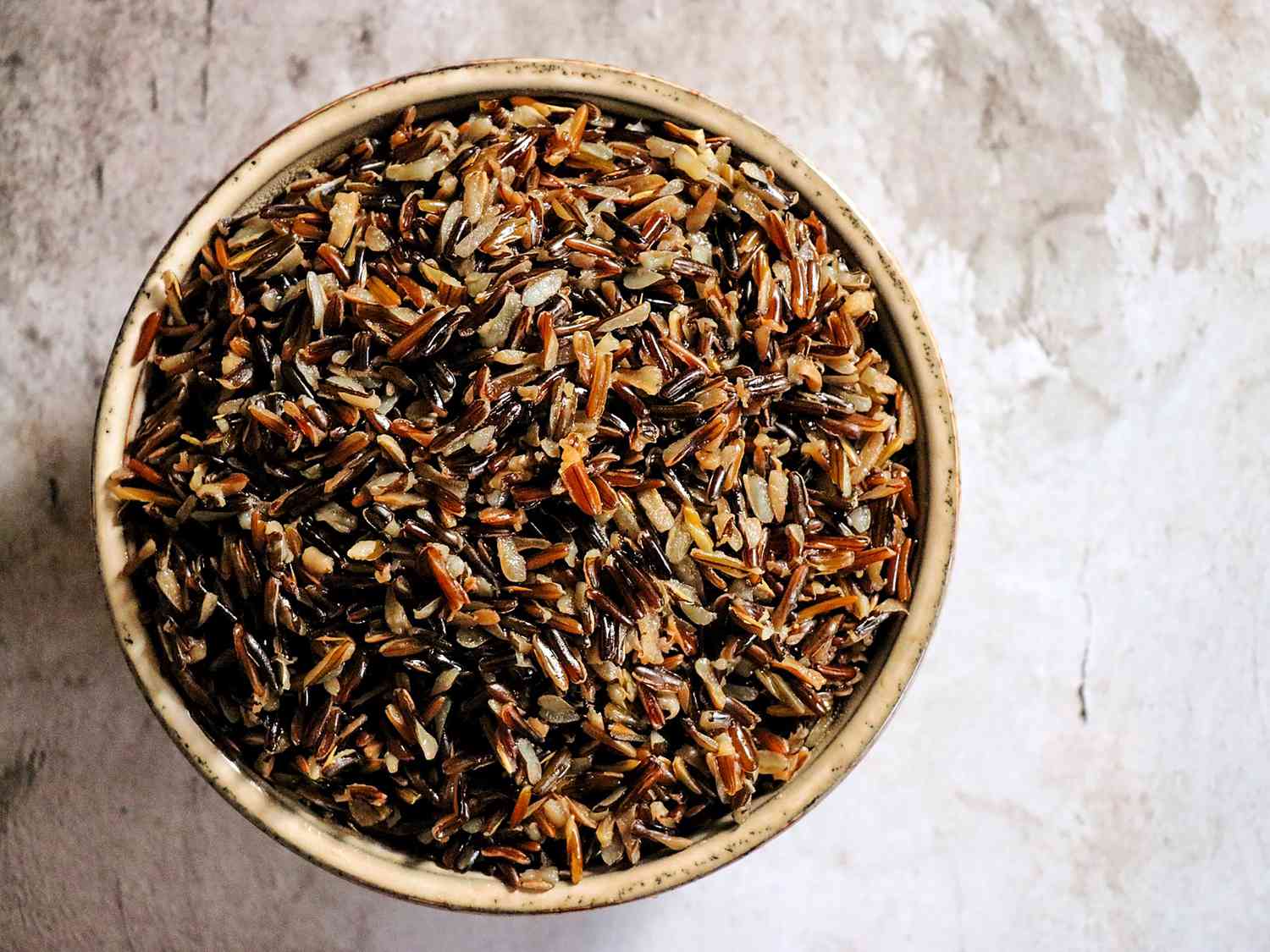The Ultimate Guide to Cooking Delicious Fresh Pork Belly
Welcome, food enthusiasts! Today, we are going to delve into the wonderful world of cooking fresh pork belly. Whether you’re a seasoned chef or a novice in the kitchen, this ultimate guide will equip you with the knowledge and techniques needed to create mouthwatering dishes that will impress your family and friends. Let’s dive right in!
1. Choosing the Best Quality Pork Belly
When it comes to cooking fresh pork belly, selecting the right cut is essential for the best flavors and textures. Look for pork belly that has a good ratio of meat to fat, as this will ensure a tender and juicy end result. If possible, opt for pasture-raised or organic pork belly for superior taste and quality.
2. Preparing the Pork Belly
Before you start cooking, it’s important to properly prepare the pork belly. Follow these steps to ensure your meat is ready to be transformed into a delectable dish:
- Remove the skin: If your pork belly comes with the skin on, you can choose to either remove it completely or score it to create a crispy texture.
- Trim excess fat: While pork belly is known for its rich marbling, excessive fat can make the dish greasy. Trim any excess fat, but leave enough to keep the meat succulent.
- Marinate or season: Enhance the flavors of your pork belly by marinating it overnight or seasoning it with your favorite spices and herbs.
3. Cooking Methods
Now that your pork belly is prepped and ready, it’s time to explore different cooking methods. Here are a few popular techniques to try:
- Braising: Braising is perfect for achieving tender and melt-in-your-mouth pork belly. Slow-cook the meat in a flavorful liquid, such as broth or wine, until it becomes fork-tender.
- Roasting: Roasting pork belly results in a crispy exterior and tender interior. Start by searing the meat on high heat, then transfer it to the oven to finish cooking.
- Grilling: For those who prefer a smoky and charred taste, grilling is an excellent option. Brush the pork belly with a glaze or sauce, then grill it over medium heat until it reaches your desired level of doneness.
4. Serving Suggestions
Now that your fresh pork belly is cooked to perfection, it’s time to get creative with serving ideas. Here are some delicious options to inspire you:
- Slice the pork belly and serve it alongside steamed rice and stir-fried vegetables for a comforting Asian-inspired meal.
- Use the pork belly to create mouthwatering sliders by placing it on a soft bun and topping it with your favorite condiments.
- Add crispy pork belly to salads or tacos for an extra burst of flavor and texture.
5. Experiment and Enjoy!
Now that you have a solid foundation for cooking fresh pork belly, it’s time to get creative and experiment with flavors, seasonings, and cooking techniques. Don’t be afraid to try new recipes and techniques to make this succulent cut of meat truly shine. So gather your ingredients, put on your chef’s hat, and get ready to impress with your culinary skills!
Remember, cooking is an art, and practice makes perfect. With each attempt, you will gain confidence and discover your personal touch when it comes to preparing fresh pork belly. Enjoy the process and savor the delicious results. Happy cooking!
Was this page helpful?
Read Next: How To Cook Boneless Pork Sirloin
